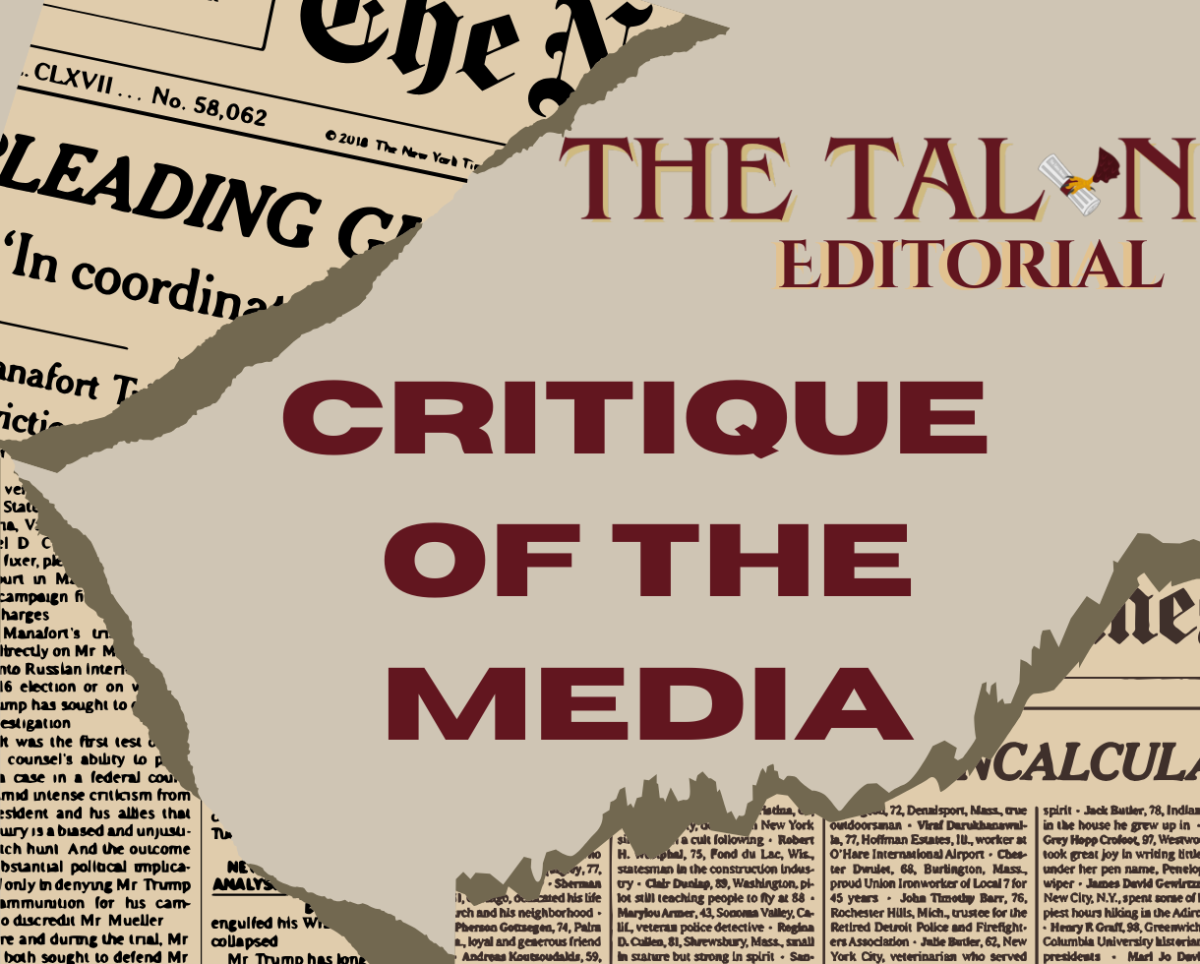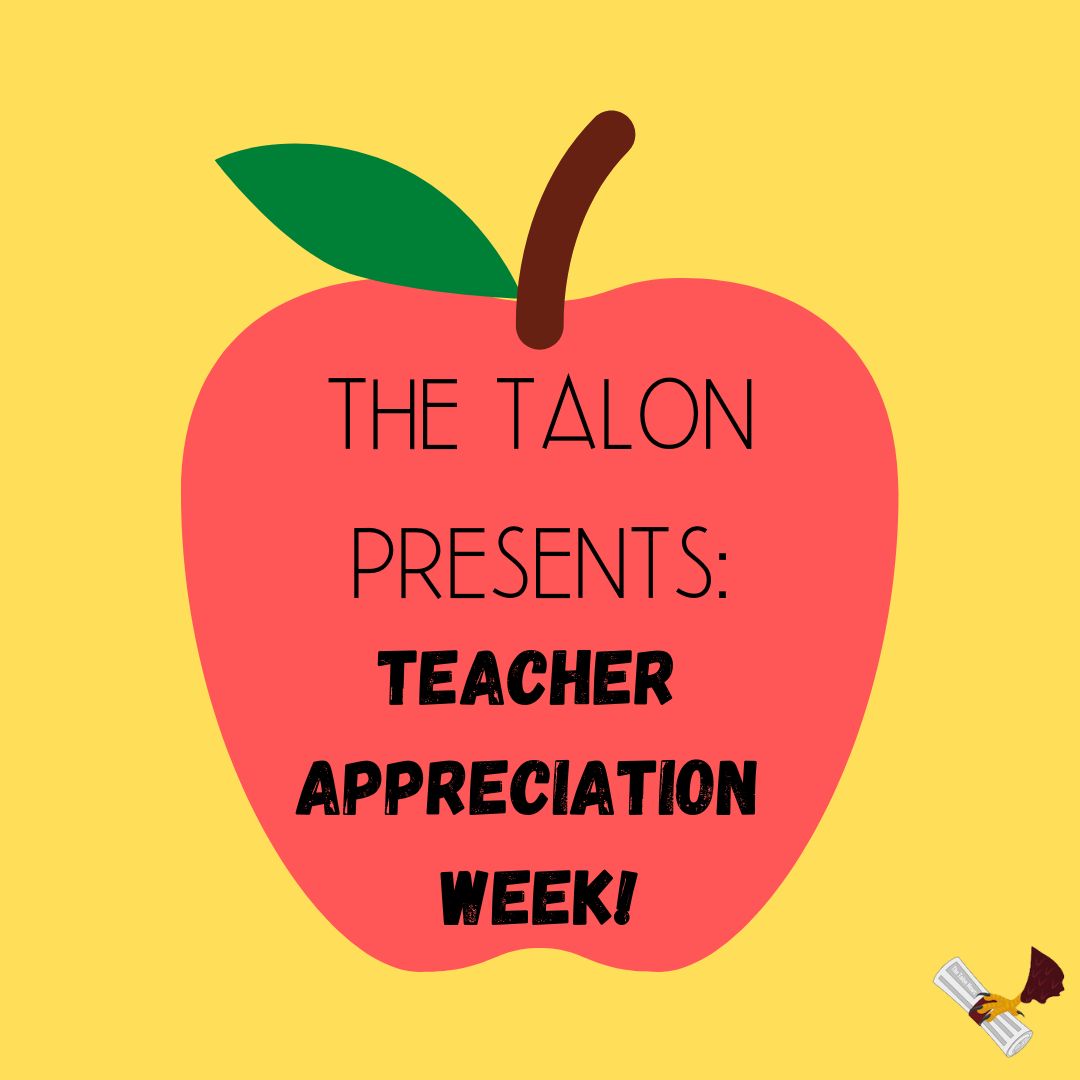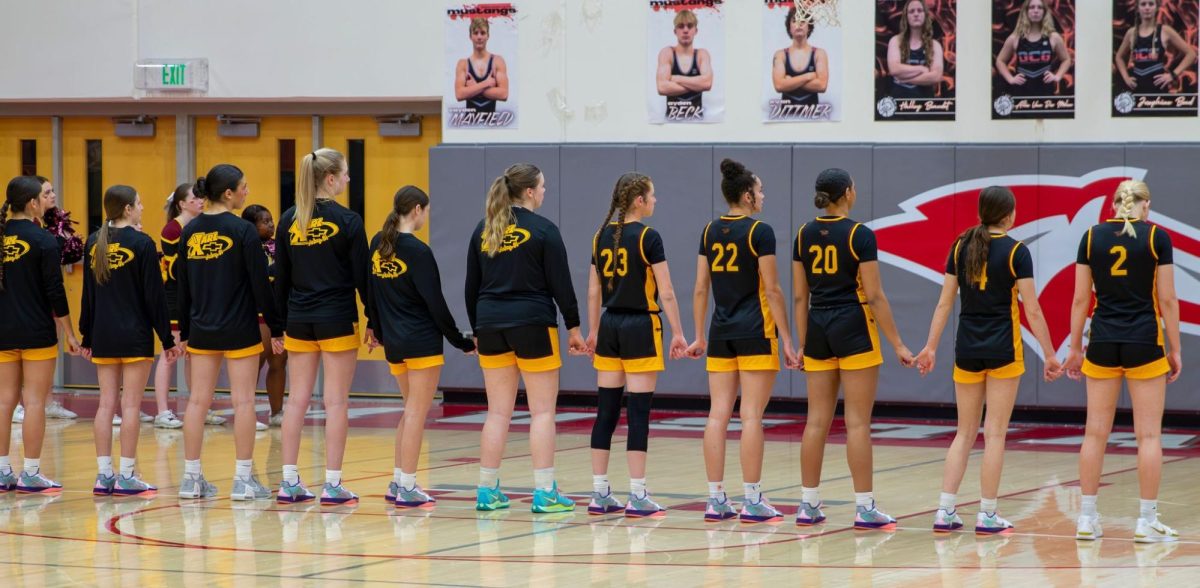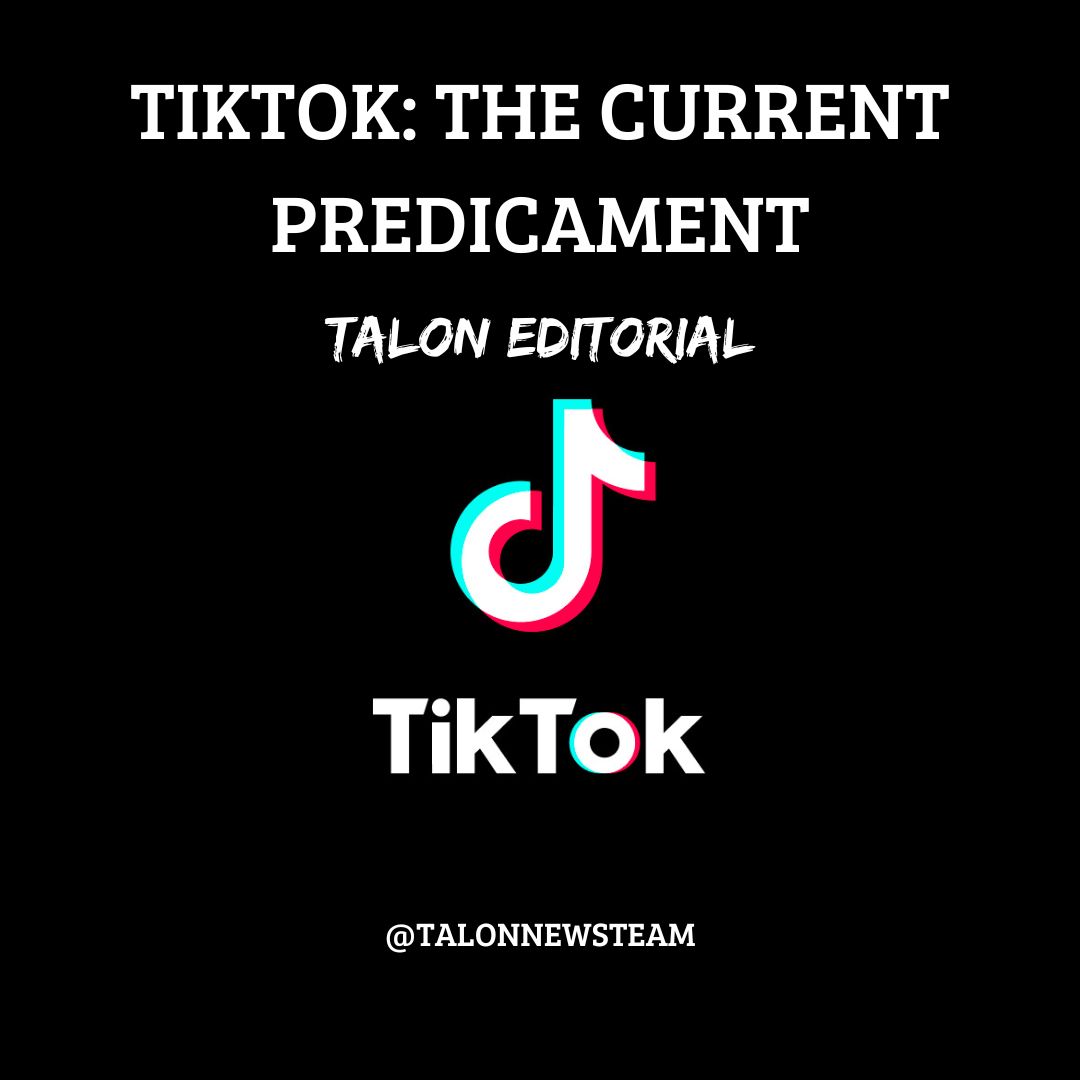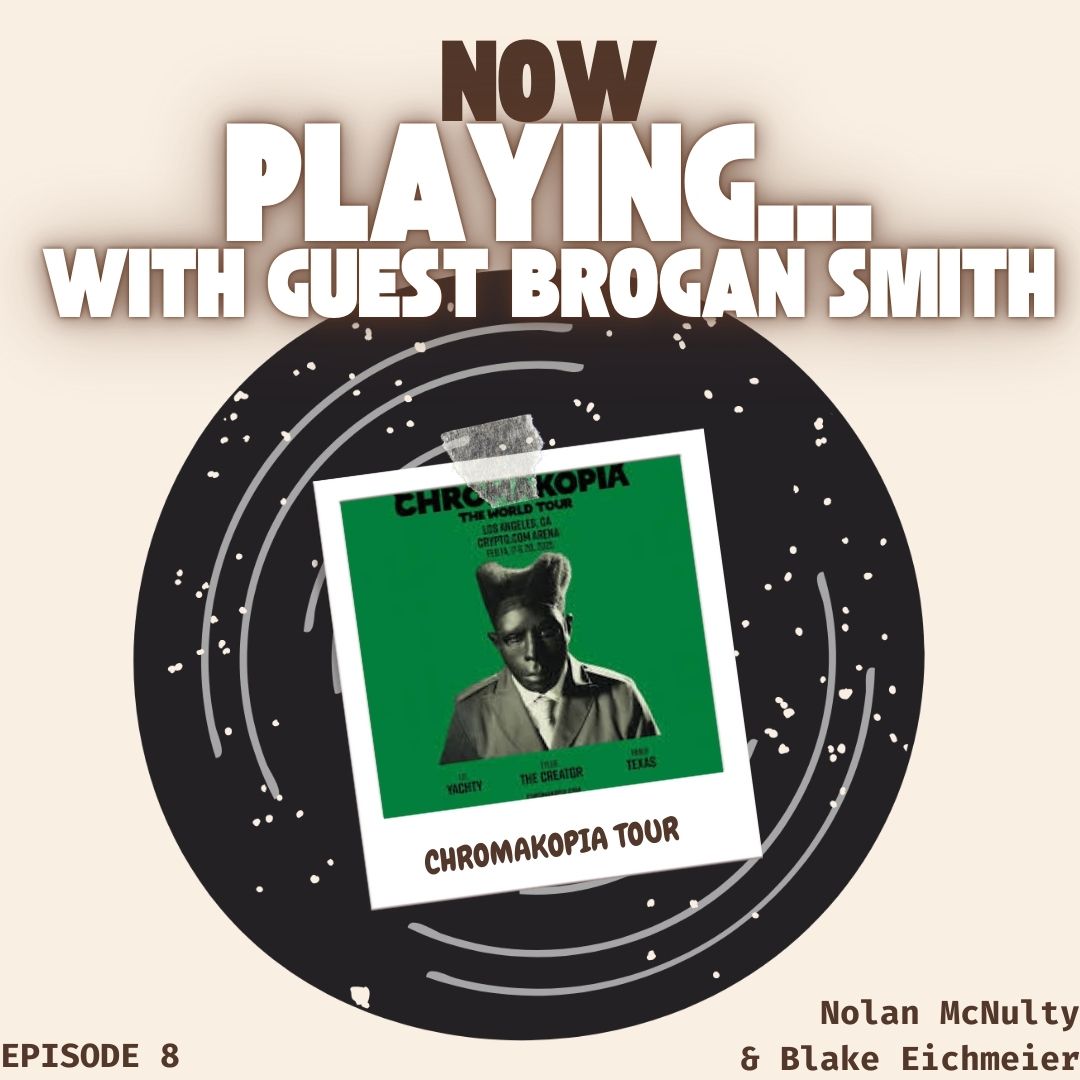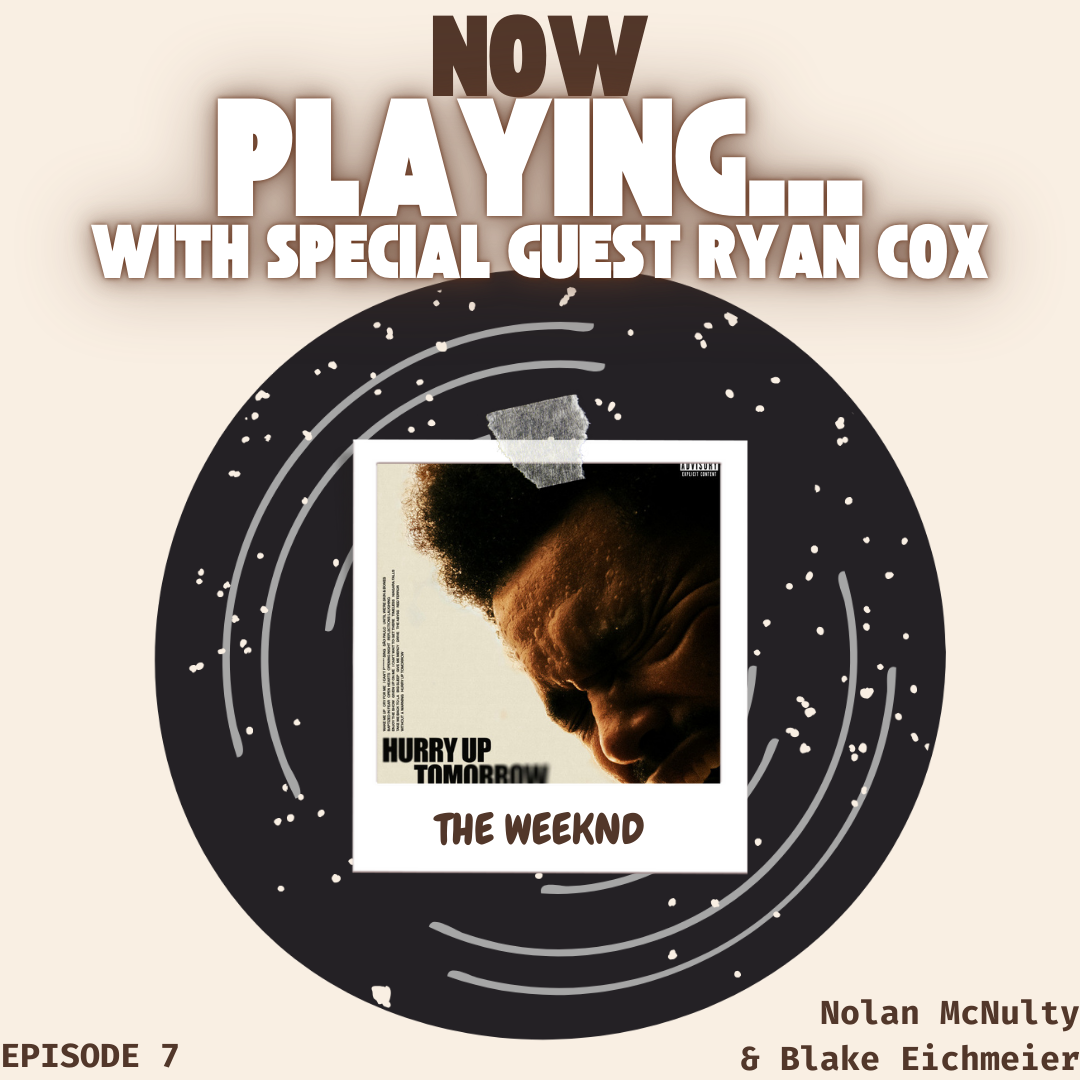It was on the stage during the 66th annual Grammy Awards, where global pop juggernaut Taylor Swift, was accepting her 13th award for Best Pop Vocal Album when the “1989” TV (Taylor’s Version) era was officially closed. As Swift thanked her fans and passed the credit onto them, she repaid the gratitude and welcomed the world to her 11th studio album, “The Tortured Poets Department.” Instantly her fans, affectionately named Swifties, descended into hysterics as they began to analyze anything that could be connected to Swift’s life. The subject of this album has been theorized by many fans to be about her six-year-long relationship with English actor Joe Alwyn. Swift and Alwyn met during the 2016 Met Gala. And while during the past year, it seems that you cannot walk down a street without seeing some reminisce of Swift, who appears to rather enjoy her time back at the top, much of her life with Alwyn was the opposite.
During the beginning of the relationship, the infamous “Famous” song and music video by Kanye West was released, leading to an almost complete turn of her public perception. In response to the fallout, Swift withdrew from the public for a year, not coming back until releasing “Reputation.” The album heavily shows the love she felt for Alwyn, followed by an appropriately named seventh studio album highlighting their relationship again, “Lover.” While “Reputation” received the traditional cycle treatment of being followed by a worldwide stadium tour, “Lover” was followed by the COVID-19 pandemic. Swift was like the rest of us during this time. Alwyn is theorized to have enjoyed these times when the world was not able to see Swift and she had become disconnected from the media.
While still on the first North American leg of The Eras Tour, news broke of the split between Swift and Alwyn with neither publicly addressing the breakup. While many fans held out hope that the media was wrong and that it had all been an untrue rumor, the introduction of Matty Healy to many Swifties ruined that chance. Healy is known for being the lead singer of The 1975, an English pop-rock band that rose to prominence in the early 2010s with songs like “The City’ and “Chocolate.” Healy’s time in the public eye has been speckled with controversies ranging from mocking Ice Spice to inappropriate behavior with fans and himself during concerts, causing much outcry from Swifties who disapproved of the relationship given that he seemed to contradict many of the stances Swift had publicly supported. Healy and Swift had been linked together in the past, photographed wearing “1989” and The 1975 shirts respectively in 2014, and had been heavily rumored to have been together but took their relationship public during the spring of 2023, ending things privately before that summer. Soon after the whole world was given a front seat to the current relationship between Swift and Travis Kelce, a three-time Super Bowl Champion tight end for the Kansas City Chiefs.
Let’s get into the review, disclaimer that these are my own opinions about the ten standout songs for me on this album. This is also not ranking them in any order of quality.
“Fortnight” (featuring Post Malone) is the opening track, the first song in the album discography following “Midnights,” an album marketed as thirteen sleepless nights throughout Swift’s life. Written by Swift, Post Malone (real name Austin Post), and long time collaborator Jack Antonoff. The song has a synth baseline paired with Swift singing in a softer style than what is normal for her. Lyrically the song focuses on reflecting on a past relationship, where both people have moved on yet the feelings still persist and causes her to reflect on the past and where she is now.
“Down Bad” is another collaboration between Swift and Antonoff. The song has a similar vibe to the majority of Antonoff-produced songs, but the song sees Swift questioning why the other person would have built her up so tall, just to be the one who knocks her down. The verses see Swift contemplate falling into a pattern of self-destructive behaviors because she no longer has the love that felt very secure to her
“So Long, London” is track number five, and in Swift’s discography spot number five is reserved for her most emotional songs such as “Dear John,” “All Too Well,” and “You’re On Your Own, Kid.” The title has given many fans the idea of this song being a response to “London Boy” from “Lover,” where she sings about how wherever her lover was, that is where she was and that is where her home was. This is the first collaboration with Aaron Dessner on this list, the song sees Swift more stripped back as she shares how after stopping from going above and beyond in the relationship, it ended. It follows Swift admitting that she had to let go of the relationship, even though she had waited and clung to any hope of the relationship working out.
“Fresh Out The Slammer” sees Swift and Antonoff together again as Swift moves from the resentment and pain of the past relationship to the rekindling of a relationship that had predated the relationship that is the metaphorical slammer that she has been in before. It sees her going back into the past and going for something familiar but with a new perspective and appreciation for the person that she had been with before that she had gained from the negative experiences of the past relationship.
“Florida!!!” (featuring Florence + the Machine) is the second and last collaboration on the album, with Swift and the lead singer of Florence + the Machine, where Florence Welch is the only songwriter. The song follows a different theme than the other songs on the album. It sees Swift and Welch fantasize about the idea of escaping to Florida and what it means for them. Florida serves as almost a haven for the two as they talk about the things that they’ve done that have led them to seek this sort of refuge in Florida.
“loml” is another Dessner collaboration, following more of a “Folklore,” “Evermore” style of instrumentation in the opening and throughout the song. Lyrically Swift reflects on getting into a relationship with someone that she had already been together with, and the feeling that had only ever come with that relationship. Later she contemplates the speed of the relationship, “You and I go from one kiss to getting married” and the intensity as she was told that she was the love of his life, talked about marriage and a family. Towards the end of the song the relationship has ended, seeing Swift struggle with the false promises of a life together and regrets about rekindling the relationship and in the last line tells her partner, “You’re the loss of my life”, the only time she says either of the two phrases that loml is commonly used as an acronym for.
“The Smallest Man Who Ever Lived” shows Swift’s artistry in a way similar to “loml” as it is another collaboration with Dessner. Although the song does focus on the same relationship as “loml” (Matty Healy), the mind space of Swift has changed. Swift starts singing at the very beginning of the song and focuses on trying to get answers out of the past relationship rather than trying to fix things. She seems to have realized that while he appeared to everyone as someone who had a good impact, his actions made him seem to have ulterior motives of metaphorically destroying Swift. She says in the song that she does not want him back or want the relationship back, going as far as asking others to deliver the message for her. The song in its entirety is an almost physicalization of the feeling of being past the stage of missing a past relationship and not wanting to reconnect, but wanting or almost needing to figure out why the person acted the way they did or did the things they did for you to continue moving on.
“Clara Bow” is the final song on the standard edition of “THE TORTURED POETS DEPARTMENT” and another song with Dessner. The namesake of the song, Clara Bow, was a silent film star who rose to prominence in the 1920s with her biggest movie being “It,” becoming Hollywood’s first “It Girl.” Bow successfully made the switch to speaking pictures when they rose to prominence, later marrying and retiring from Hollywood. Bow became a rancher in Nevada and died at 60. The song sees Swift take a less direct approach to writing about her life, as she acts like a narrator for most of the song with the majority of the lyrics being inside quotation marks. Bow is only used as a comparison for whoever Swift is talking to, a discussion about the hope the person has for the future that ends with “‘Take the glory, give everything promise to be dazzling.” The next person who is used as a comparison for whom Swift is talking to is Stevie Nicks, this time being compared with the performances and look of Nicks. After the Nicks reference, Swift speaks as herself for the first time to fight the romanticization of fame that had been prevalent in the song prior. She talks about the struggles of trying to be the idealized version of yourself and no one warning you of what’s to come before it’s already come. The next person Swift uses as a comparison is Taylor Swift, it sees her recognizes herself as one of the new icons or “It Girls” that gets used as a stepping stone reference for new artists on what to or not to do, touching on the idea of Swift and those who came before her being seen as “geriatric” or being swapped for the newer, younger version of what they had all once been.
“I Look in People’s Windows” is another collaboration between Swift and Antonoff but this time with the addition of Patrik Berger, a Swedish producer. The song begins with Swift looking back on the end of the relationship and where she is now because of it and leads into the chorus where Swift can only observe the happenings of others from outside, hoping to have one more connection with her past relationship. It leads to and ends with Swift continuing to comb over the memories of them and trying to figure out what had gone wrong all while still trying to find him out in the world and reconnect.
“thanK you aIMee” is another Dessner collaboration with a similar theme to “Bad Blood” but with a more empathic and reflective tone. Swift looks back on the past and the role that “aIMee” had played in it, only really seeming to exist to try and come for Swift. Swift thinks about the things that “aIMee” had done to her and the impact that her actions have had on Swifts life but ends each example by reflecting on the inadvertent positives that “aIMee’s” negative actions have had on Swift’s life, ending the song with how instead of the anger she felt, she looks up at the sky and screams “thanK you aIMee.”




















